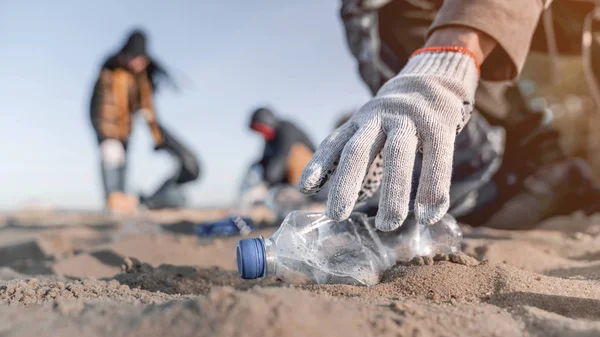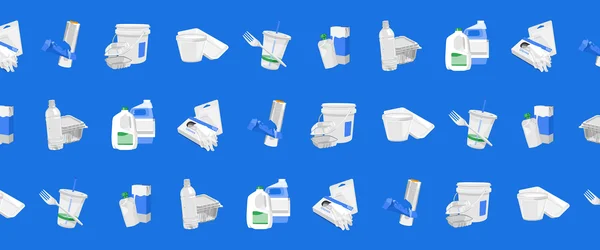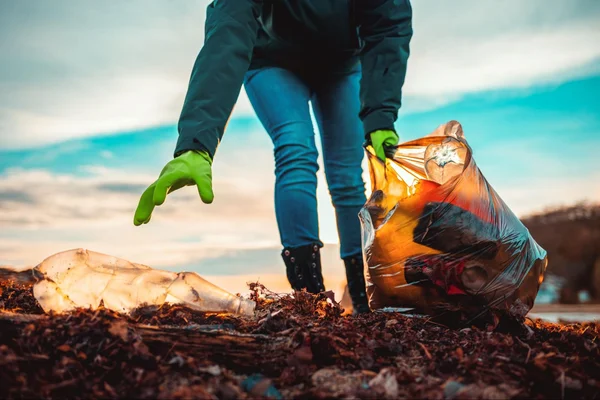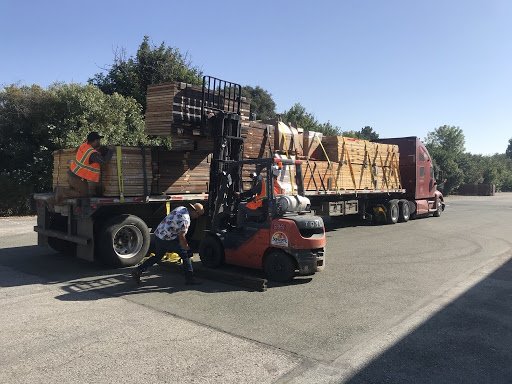Every year, humanity consumes far more than what the planet can naturally replenish.[a18947]To create a circular economy that can be safer, sustainable, and more equitable for everyone, we need to rebuild our relationship with physical resources and how we make, process, use, and recycle them.[ab42fb]
While this linear economic model has led to a great deal of progress for humanity in a short time, it has also created environmental harm, injustice, and disparities — particularly for lower-income and under-resourced communities that are located near industrial areas where pollution is more prevalent.[a7ed1d]To create a circular economy that can be safer, sustainable, and more equitable for everyone, we need to rebuild our relationship with physical resources and how we make, process, use, and recycle them.
At Google, we want to support efforts to create a circular economy and build a sustainable future without waste. Building on the success of our Accelerator: Climate Change, we’re pleased to announce our first Google for Startups Accelerator: Circular Economy for startups and non-profit organizations in Asia-Pacific and North America that focus on using technology to solve circularity challenges — including reuse, refill, recycling, composting, fashion, food, safe and circular materials and the built environment.
The accelerator offers ten weeks of virtual programming, which includes mentoring and technical support from Google engineers and external experts through a mix of 1-to-1 and 1-to-many learning sessions. Participants will also be assigned a dedicated Success Manager for even more support that is specific to their organization.
Applications are open from October 3, 2022 to November 14, 2022 and the program will commence in February 2023. For more information and details on how to apply visit our website.
 Learn more about Google for Startups Accelerator: AI for Nature and Climate, as well as other new efforts to use technology to preserve our environment.
Learn more about Google for Startups Accelerator: AI for Nature and Climate, as well as other new efforts to use technology to preserve our environment.
 Learn more about Google for Startups Accelerator: AI for Nature and Climate, as well as other new efforts to use technology to preserve our environment.
Learn more about Google for Startups Accelerator: AI for Nature and Climate, as well as other new efforts to use technology to preserve our environment.
 We’re making it easier to recycle and helping to reduce waste in our products and operations.
We’re making it easier to recycle and helping to reduce waste in our products and operations.
 To help reduce our plastic footprint in our food spaces, we’re launching the Single-Use Plastics Challenge.
To help reduce our plastic footprint in our food spaces, we’re launching the Single-Use Plastics Challenge.
 12 organizations in North America and Asia Pacific will join the inaugural Google for Startups: Circular Economy Accelerator program.
12 organizations in North America and Asia Pacific will join the inaugural Google for Startups: Circular Economy Accelerator program.

